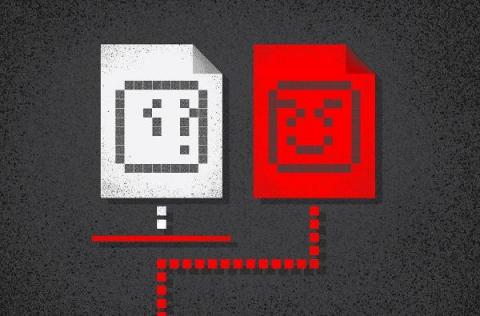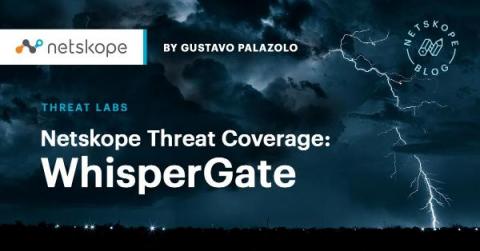3 Surprising Ways Ransom Attacks Could Destroy the 2022 Olympic Games
Though the level of fear of Covid 19 has diminished, there are other fears surrounding the 2022 Olympic games. Fears of telecom disruptions and ransomware attacks are founded, and the damage that could be caused has increased with the reliance on technology to broadcast the Games, which kicks off on February 4. Organizers are preparing for the kind of cyberattack that temporarily paralyzed IT systems ahead of the official opening ceremonies of the 2018 Pyeongchang Winter Olympics in South Korea.











